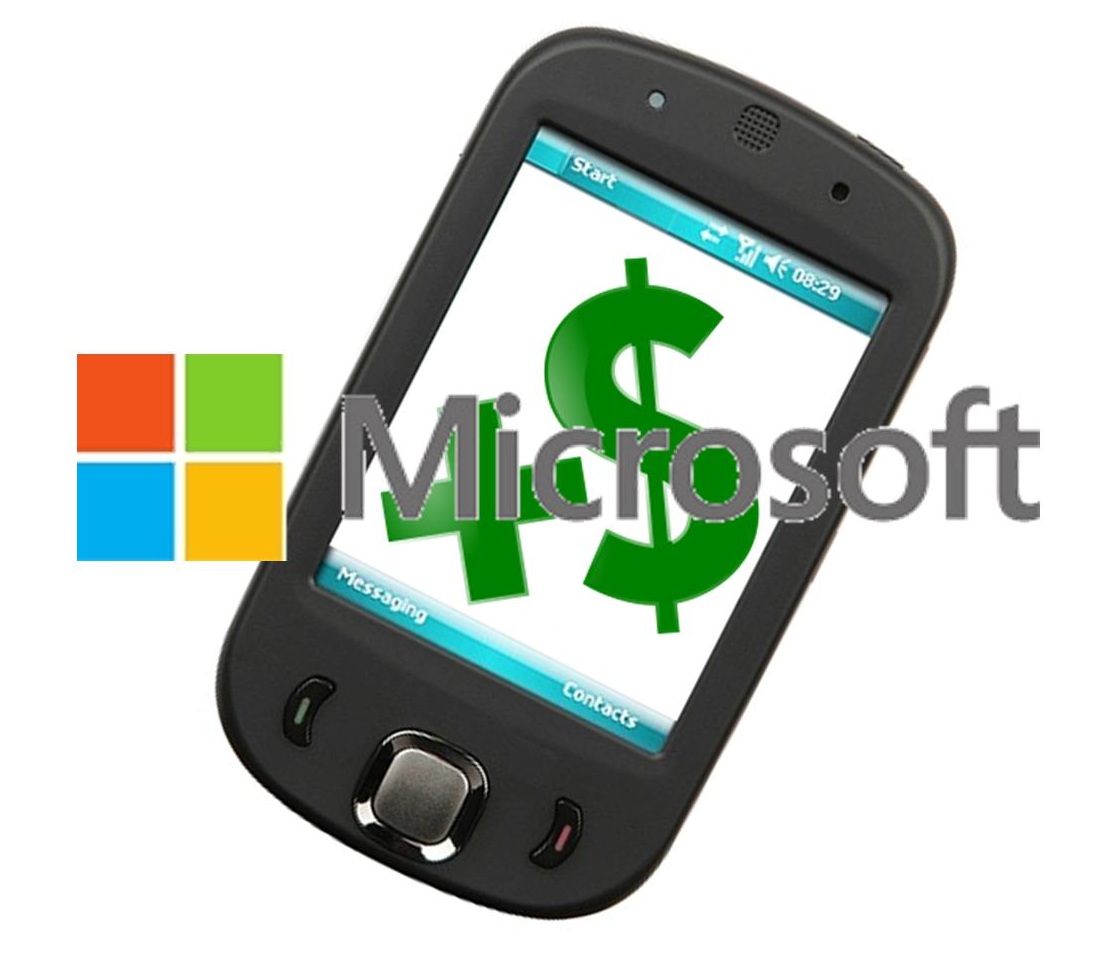 Information about a new system on the Windows Phone platform has just been released involving Zero-Effort.
Information about a new system on the Windows Phone platform has just been released involving Zero-Effort.
Microsoft has just released a considerable amount of detail regarding its new system for mobile payments that could considerable improve the appeal of its Windows Phone platform, as it will give smartphone users the ability to make a purchase without any effort at all.
This will allow consumers to buy products or services without ever needing to make a move.
Many of the smartphone manufacturers and other internet giants are taking sizeable steps into the mobile payments ecosystem, such as the payWave from Visa on the Samsung Galaxy 4, and the new Google Wallet making its way through its pilot period in two American cities for several months.
While many of the big players are focusing on NFC technology for mobile payments, Microsoft has looked elsewhere.
Microsoft’s mobile payments strategy was an exploration of how a consumer could make a purchase without having to mess around with the handset at a point of sale. It has labeled the style a “Zero-Effort Payment” (ZEP).
Microsoft Research representative, Sefan Saroiu, one of the team members who was a part of the development of the ZEP mobile payments, explained that this system would give merchants the ability to provide their customers with a more personalized service. For instance, they would be able to provide frequent shopper discounts without the need for the customer to carry a membership or loyalty card.
This mobile payments system functions through the integration of Bluetooth technology, in combination with face recognition technology that is worked right into its gaming system, called Kinect. When a user who is signed up for the service enters a participating store, it is detected by the Bluetooth system. When a customer is ready to pay, the face recognition system identifies him or her.
The Bluetooth system is able to determine that the participating customer has actually entered a store, but it is the face recognition that takes it a step further by identifying the unique individual customer who is at the checkout counter. That said, while the face recognition technology is not accurate enough to provide a completely precise recognition, when combined with the Bluetooth technology, it is capable of narrowing down the individual’s potential identity very tightly.

 Instructions have been released to help to decrease the risk associated with transactions in certain areas.
Instructions have been released to help to decrease the risk associated with transactions in certain areas.